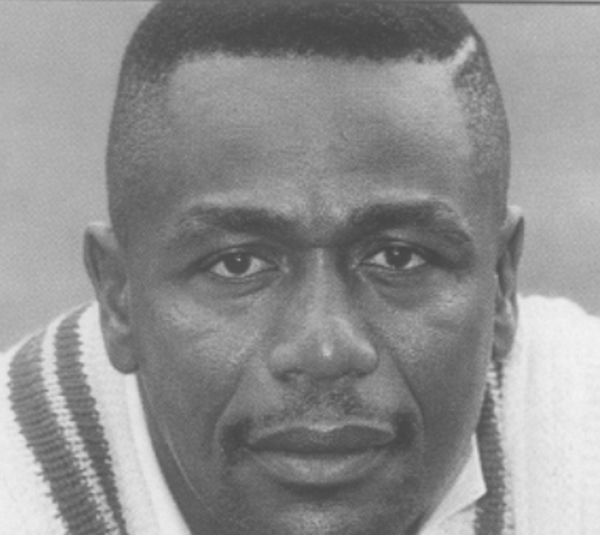Remembering the glory days of West Indies cricket (Part 11)
By Winston McGowan
Ardent Caribbean cricket fans will never forget the period between 1980 and 1995. In those years the West Indies not only enjoyed the honour of being world cricket champions, but also achieved a unique record for the longest sequence of Test series without a loss. The West Indies played 27 series, winning 19 and drawing eight. Those years have been referred to as the “glory days” of Caribbean cricket, the period when the regional team achieved its greatest success in the eighty years since it began to play Test cricket in 1928.
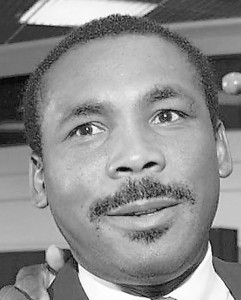
This second and final instalment of this article will seek to explain why the West Indies was so successful in Test cricket between 1980 and 1995. It will highlight two general and four specific factors which were responsible for the team’s remarkable success.
The basic underlying reason for success was the fact that almost the entire team consisted of quality players. Most of them, in addition to the natural talent with which they were endowed were partly indebted to their experience in English county cricket for their development into world-class players. The high quality of the team was reflected in the following eleven players who played almost unchanged in a series against India in the Caribbean in 1983: Gordon Greenidge, Desmond Haynes, Vivian Richards, Larry Gomes, Gus Logie, Clive Lloyd, Jeffrey Dujon, Malcolm Marshall, Andy Roberts, Michael Holding and Joel Garner. Of these it was only Gomes and Logie who, though very able, were not truly top-class players by the highest international standards.
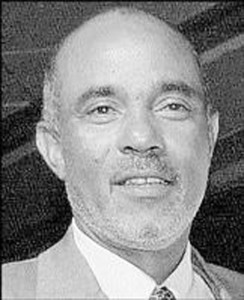
The second general factor which contributed immensely to the West Indies success was that the team benefited from the availability of an abundant supply of talent. This feature gave the region the extraordinary ability to replenish its team with quality players to replace those who became unavailable through injury, retirement or any other reason.
Particularly impressive was the amazing succession of fast bowlers which enabled the team to maintain a quality three or more often four-pronged quality pace attack. These bowlers included Andy Roberts, Michael Holding, Wayne Daniel, Colin Croft, Joel Garner, Sylvester Clarke, Malcolm Marshall, Winston Davis, Eldine Baptiste, Courtney Walsh, Patrick Patterson, Curtly Ambrose, Ian Bishop, Anthony Gray and Winston and Kenneth Benjamin.
The sustained effectiveness of the pace attack was one of four major specific factors responsible for the West Indies ascendancy between 1980 and 1995. The other three factors were the team’s strong batting line-up, good leadership and excellent fielding, including wicket-keeping.
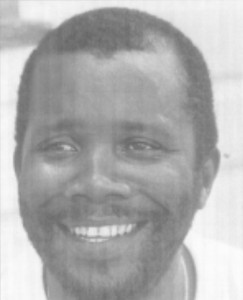
Apart from speed, the pace attack was usually distinguished by three qualities namely, hostility, penetration and good control of line and length which exerted considerable pressure on the opposing batsmen. The best of the pacemen were outstanding bowlers who had excellent strike and economy rates and a very good Test career bowling average.
For example, Malcolm Marshall, arguably the most effective of them, in 81 Tests took 376 wickets, with an average of 20.94, a strike rate of one wicket every 46 balls and an economy rate of 2.68 runs an over. Joel Garner’s figures were equally impressive. In 58 Tests he captured 259 wickets at an average of 20.97, with a strike rate of a wicket every 50 balls and an economy rate of 2.47 runs and over.
The effectiveness of the fast bowlers meant that there was no regular place in the team for a spinner. This explains why Roger Harper, the most successful of the spinners, had only 25 appearances in a Test career lasting ten years, from 1983 to 1993, even though he was also a brilliant fieldsman and a useful lower-order batsman. In these Test appearances Harper captured 46 wickets at an average of 28.06 runs each with a best innings performance of six for 57.
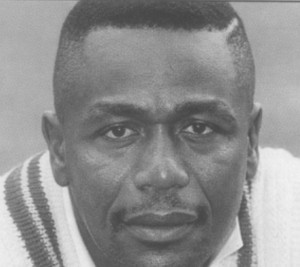
The foundation of the team’s strong batting line-up was Gordon Greenidge and Desmond Haynes, the longest and best opening pair in the history of West Indies Test cricket. In Tests they shared 16 hundred partnerships, 26 over fifty and an average opening stand of 47.32, with a best of 298 against England in Antigua in 1990. Their productivity was also reflected in their career Test batting average of 44.72 and 42.49 respectively.
The foundation set by Greenidge and Haynes was built on by a formidable middle-order whose ability and success were reflected in their commendable career Test statistics- Alvin Kallicharran (average 44.43-12 centuries, 21 fifties); Clive Lloyd (46.67- 19 centuries, 39 fifties); Vivian Richards (50.23-24 centuries, 45 fifties); Larry Gomes (39.63-9 centuries, 13 fifties), Richie Richardson (44.39-16 centuries and 27 fifties); and Gus Logie’s (35.79-2 centuries and 16 fifties).
All these specialist batsmen not only were technically sound but also, with the exception of Gomes, were aggressive stroke players who could dominate any bowling attack. Their productivity was supplemented by the significant contribution of wicket-keeper Jeffrey Dujon. Although Dujon usually batted as low as Number 7, in his Test career of 81 appearances he scored 3322 runs, including five centuries and 16 fifties, with an average of 31.94.
The team total frequently received some support from the bowlers, most of whom had sufficient ability with the bat to ensure that the tail often wagged. This ability was reflected in the career batting average of some of them, notably Malcolm Marshall (18.92), Winston Benjamin and Andy Roberts (14.94). Marshall scored eight fifties in Tests with a highest score of 92, while Roberts had three Test fifties including a top score of 68 and Benjamin two fifties with a best of 85.
During the period of supremacy the West Indies team profited from very able leadership provided initially by Clive Lloyd, the longest serving and most successful West Indies captain. Lloyd led the West Indies in 74 Tests, winning 36 and losing only twelve. He was the skipper when the West Indies won eleven consecutive Tests in 1984, including a unique 5-0 thrashing of England in England. It was he who introduced the use of the much-feared four-pronged pace attack.
Lloyd, a “father figure”, had the respect and loyalty of the team whom he welded into a strong harmonious unit with a very professional approach, a determination to win, a pride in success and a disappointment in defeat. In short, the team had an excellent attitude. As Lloyd himself observed, “it was professionalism and togetherness, players realizing the importance of what they had to do and their commitment. These guys were totally West Indian in everything they did.”
Lloyd placed a high premium on mental toughness and physical fitness. His team prepared for success by a strenuous work regime at practice. This emphasis helped to make the West Indies the best fielding side in the world. The fielding was distinguished by the very safe catching in the slips, especially by Lloyd, Richardson and Greenidge, athleticism in the outfield and strong accurate throwing, exemplified particularly in Richards and Holding.
The team also had an outstanding wicket-keeper in Dujon, who had sharp reflexes and was very athletic. On three occasions he achieved 20 or more dismissals in a five-match series and in his entire career effected 267 catches and 5 stumpings in 81 Tests. His fitness and the stamina of the fast bowlers were visible benefits of the demanding work regime.
The factors which were responsible for the dominance of the West Indies in the “glory days” of the 1980s and 1990s are clearly not present in the current team. The current deficiencies especially in batting, bowling and attitude largely explain why Chris Gayle’s team is ranked an embarrassing eighth in the ICC Test ratings instead of the first place occupied in the “glory days.”

